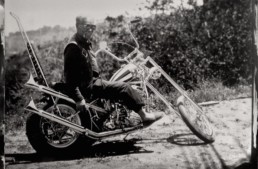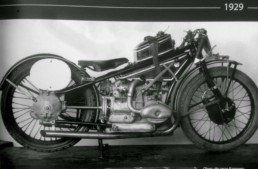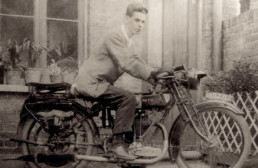[Words: David Lancaster Photos: Dave Norvinbike]
What explains an addiction to old motorcycles? They’re costly, dirty, noisy, not always reliable, but something keeps bringing us back for another hit. But what?
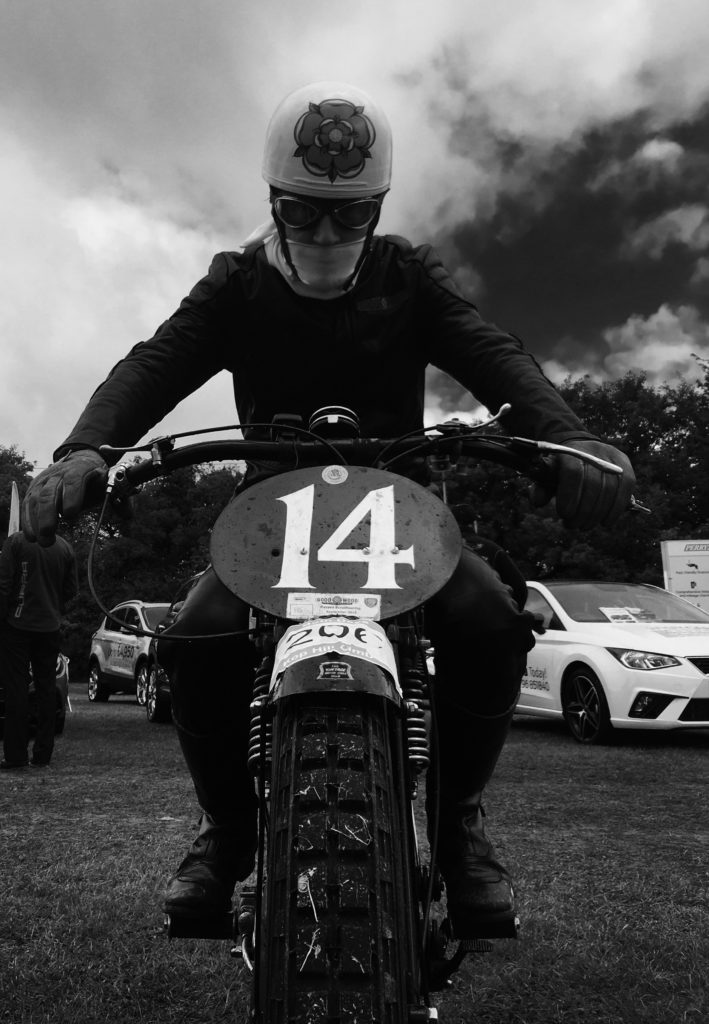
Well, they’re just great fun to ride. They’re involving. On an old bike you see, hear, even smell the cycle working beneath you. In an age of diagnostic servicing and electronic driver aids, they ask something of the rider; sometimes they ask a lot. But an older bike – running nicely, running fast – is a credit to its pilot-mechanic, not a computer. There’s also the appeal, for many of us, of riding back in time – older bikes have lived through history we can only read about. Doing so at pre-war venues such as the Montlhéry autodrome and the Brooklands speed bowl is a thrilling exercise in riding with ghosts; fast ones.
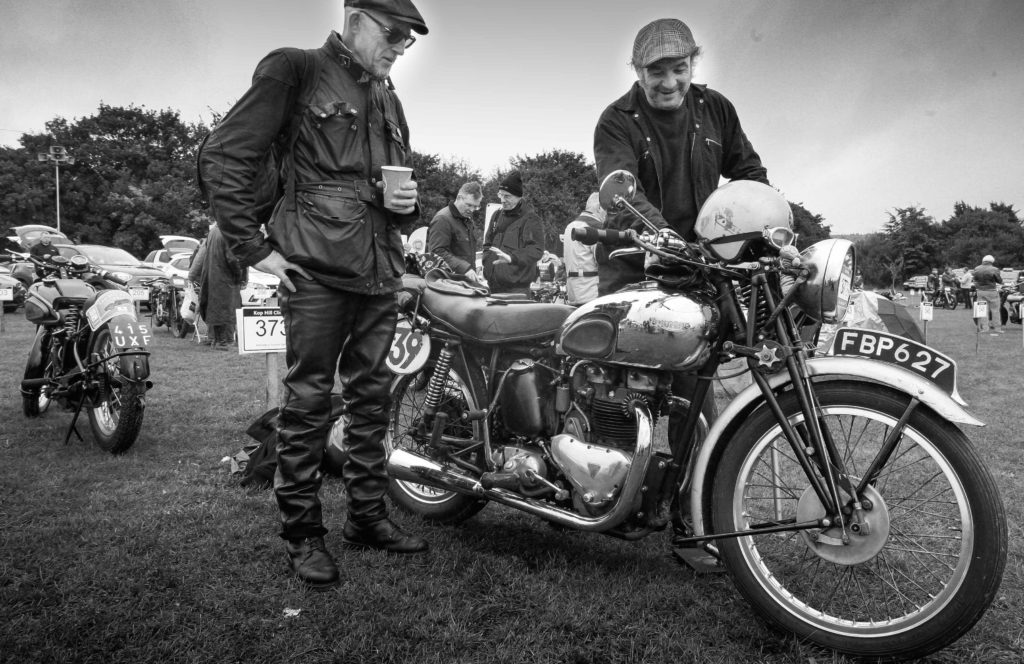
Kop Hill, in rural Buckinghamshire, has a history as rich as those historic venues, and it too has a lineage back to the pioneer era. The hill itself runs for just over a two-thirds of a mile, snaking gently into the English countryside with subtle turns on the way up. From 1910 until 1925 the Kop Hill speed trial was one of the country’s major motoring and motorcycling events, home to fierce competition between top riders and drivers of the day. These included the likes of Malcolm Campbell in his Talbot Blue Bird and Count Zborowski in his eight-cylinder Ballot.
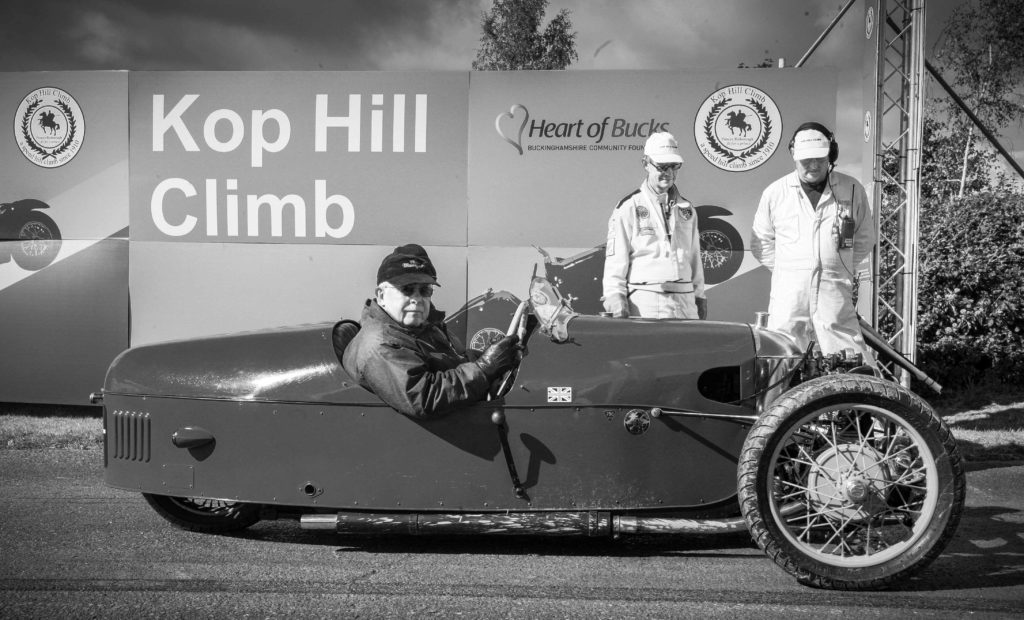
Fastest of all was Freddie Dixon, who in 1925 on a 736cc Douglas set the outright record for two or four wheels by taking the timed section of the climb in just over 22 seconds, at a remarkable 81mph average. This, over a stretch of ‘road’ which was mostly loose gravel back then, bumpy and with a one-in-five climb at its steepest point, was a high velocity swan-song for the original event.
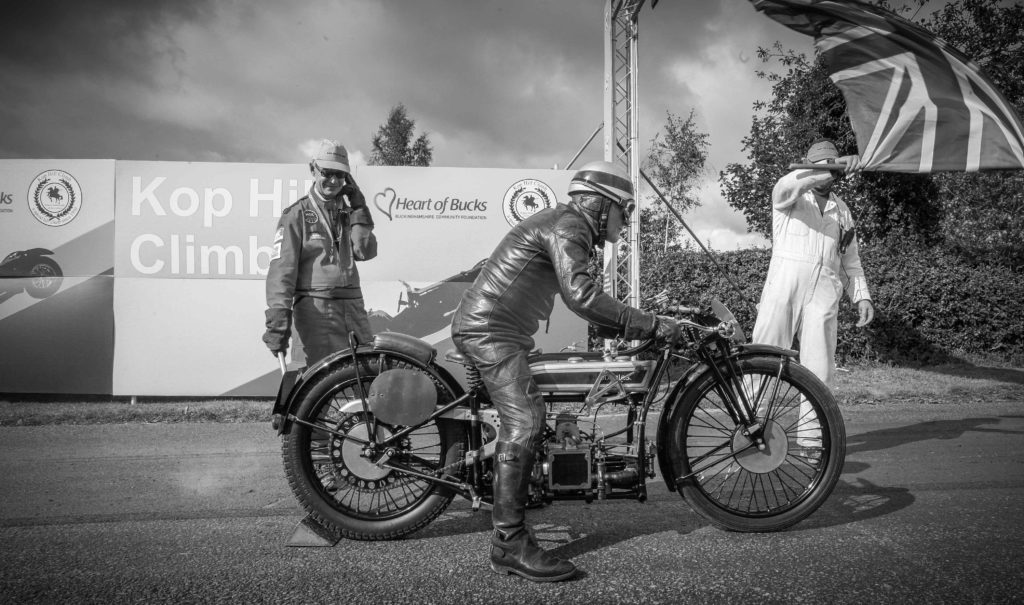
It has another claim to history, too. When in 1925 a spectator (who had been warned about standing too close to the action) was hit by a competitor’s car, the road-safety and political classes increased their opposition to motorsport events taking place on public roads, even if closed to traffic. The British establishment has been called a ‘committee which never meets’ and soon its various arms – by then including the governing bodies the Auto-Cycle Union and Royal Automobile Club – closed ranks and stopped all competitive riding or driving in the UK outside of purpose-built circuits like Brooklands.
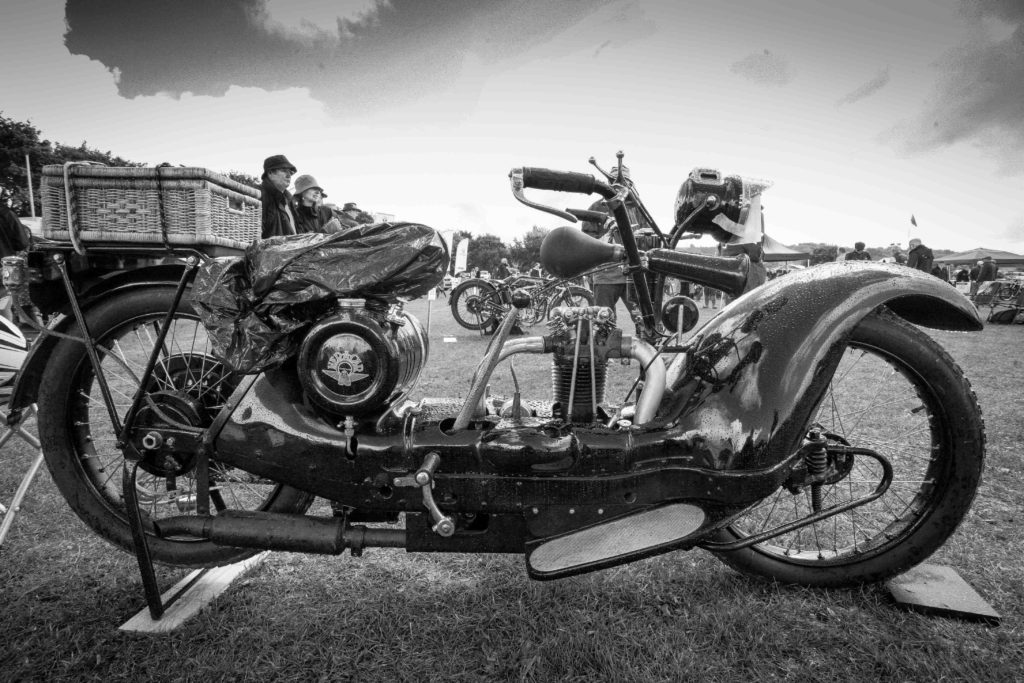
Kop Hill’s closure in 1925 was a victory for a vocal anti-motorsport lobby in the UK. The Isle of Man TT races were established in 1907 because the Manx government took a more indulgent attitude towards racing than the rest of the UK. And the famous British racing green of pre-war Bentleys, and later Jaguars and Aston Martins, owes its adoption to mainland drivers and team managers racing in Ireland. The famous Gordon Bennett Cup had moved there as early as 1903, leading the local paper the Leinster Leader to note excitedly that Ireland would be ‘the battle-ground on which to decide the supremacy of the latest inventions to revolutionize locomotion.’ British lawmakers looked the other way and British teams took on the green of Ireland as an act of thanks, tribute and rebellion.
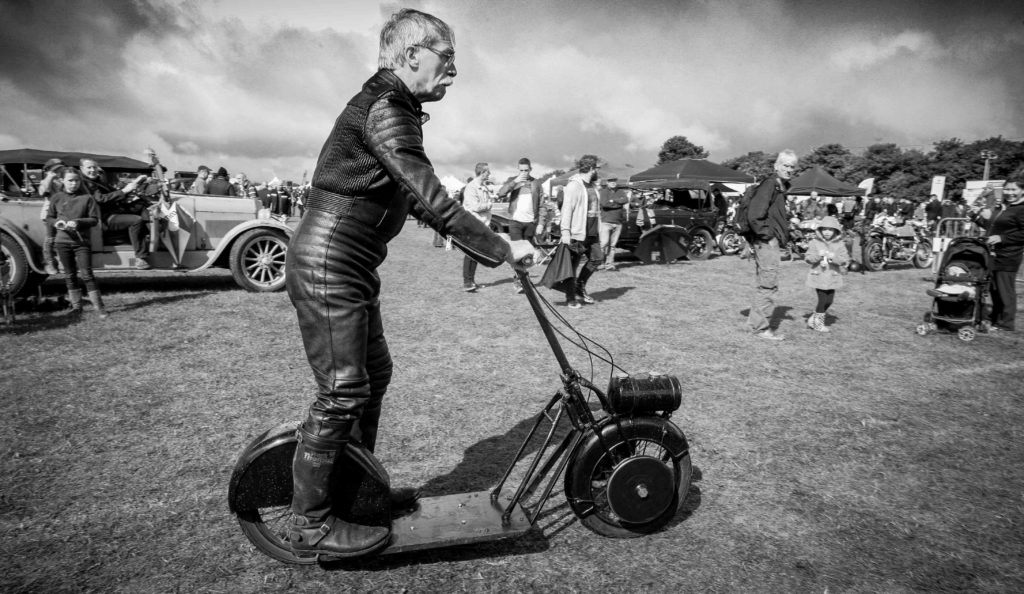
Since 2009, local enthusiasts have staged runs up the original Kop Hill for a cadre of mostly pre-1950 cars and bikes, with the numbers and quality of the vehicles increasing every year. Demonstration runs, of course, but amongst the open tourers with children nestled in the back (one was spotted happily asleep in an Alvis as the car headed off the start line), several hit high speeds from properly brisk take-offs. Unlike the short, sharp ascent of Brooklands’ Test Hill, here riders and drivers can charge through gearboxes and navigate the narrow lane, building speed all the time. The big shots turn out too: from the modest grandstand or watching from feet away along the length of the hill, spectators can see, hear and breathe-in Bentleys, Rolls Royces, Bugattis, Brough Superiors, Rudges, Vincents-HRDs gunning up a hill which is both longer and – should you wish – faster than you expect.
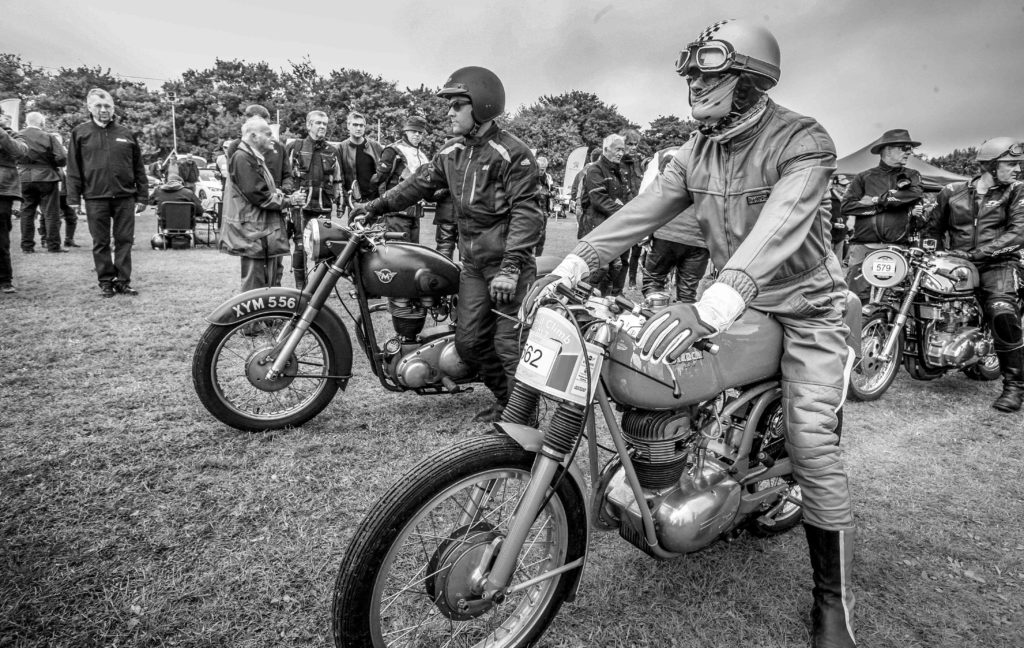
Proceeds from the two days of the September weekend go to the Heart of Bucks Community Foundation and since 2009 over £400,000 has been distributed to local charities. It’s all rather wonderfully British: a little chaotic at times, polite, run by dedicated amateurs. But it has an air of informality and stubborn democracy, in contrast to more rigidly organized events. As a result, Kop Hill retains a perfume of authenticity, redolent of the Century-ago pioneers of competitive motor-sport.
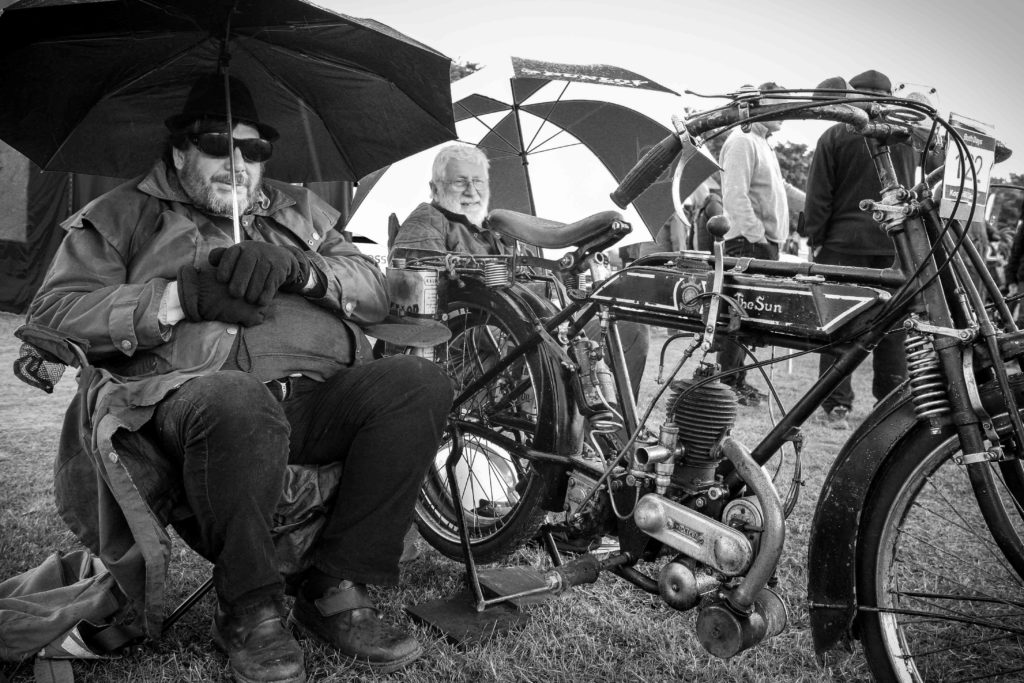
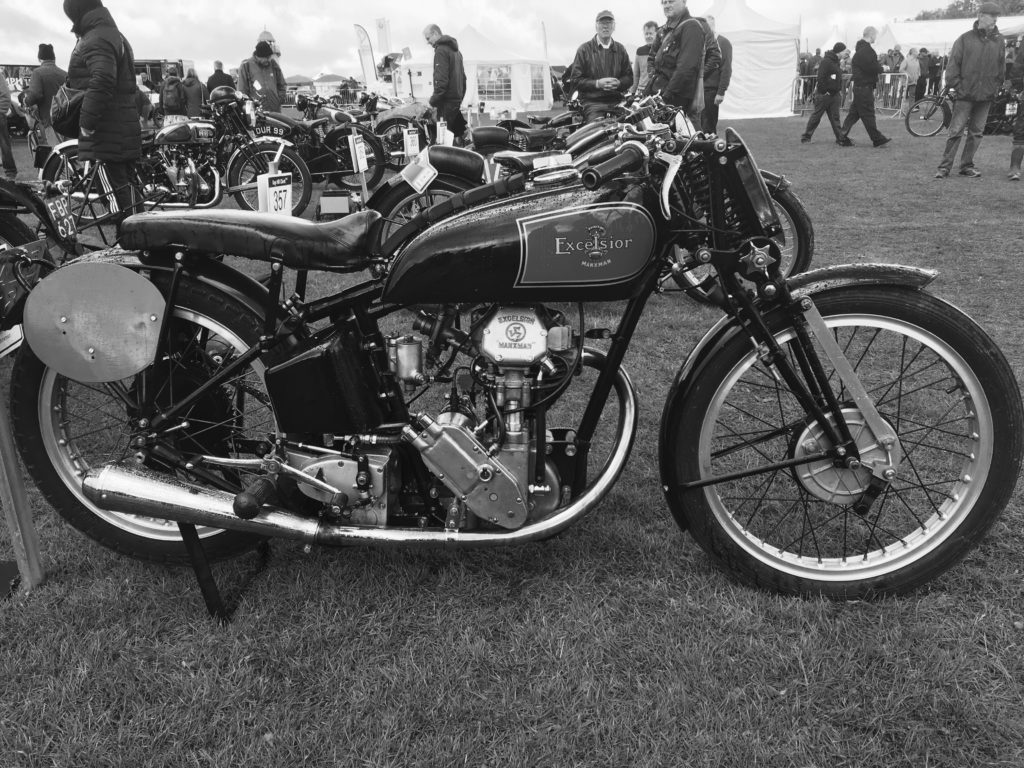
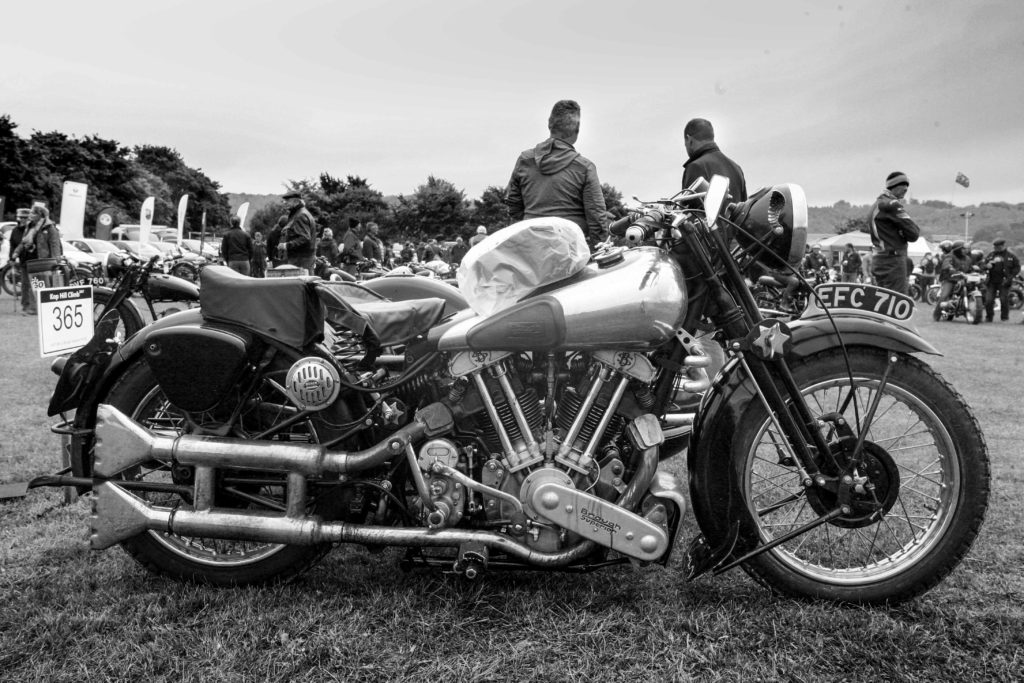
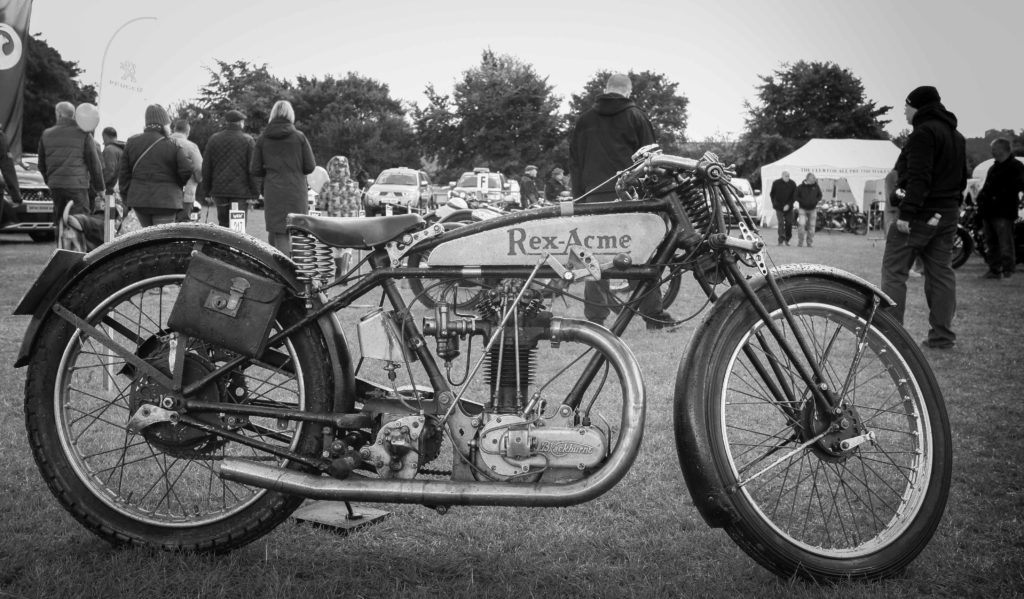
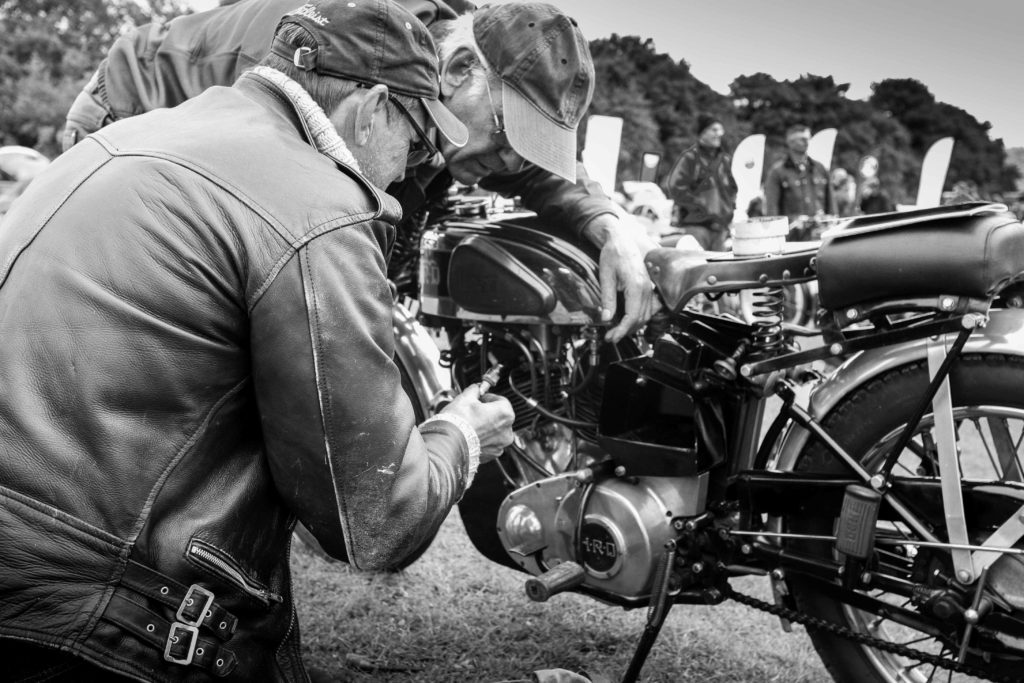
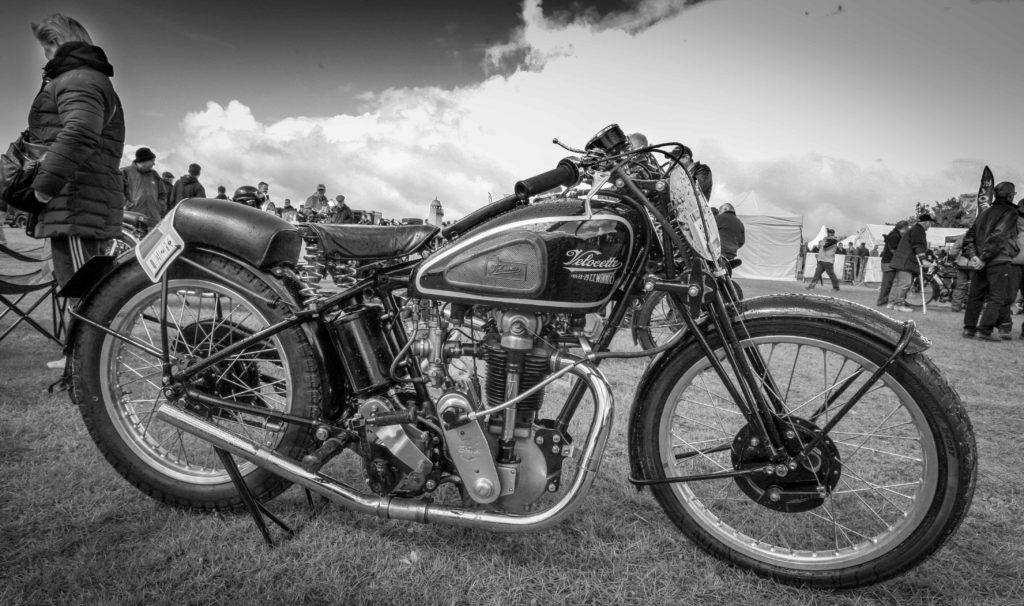
[For more history of Kop Hill, read this]
